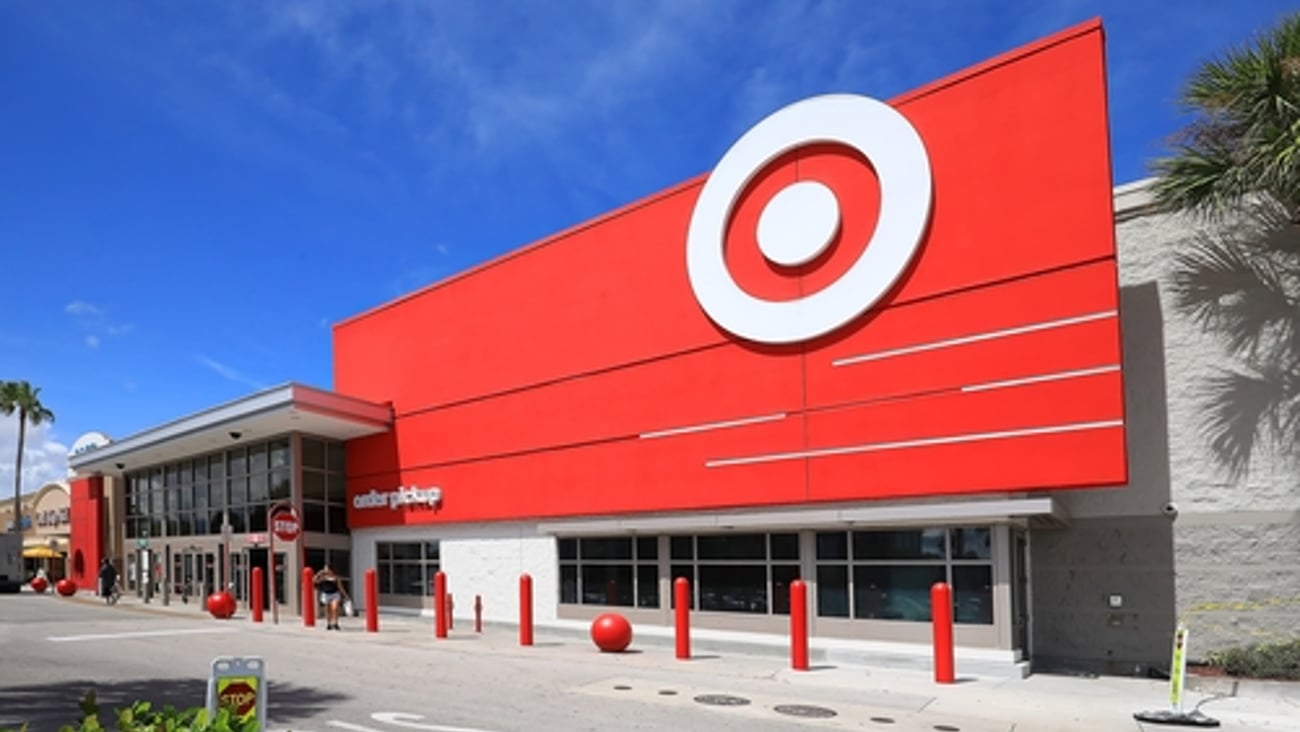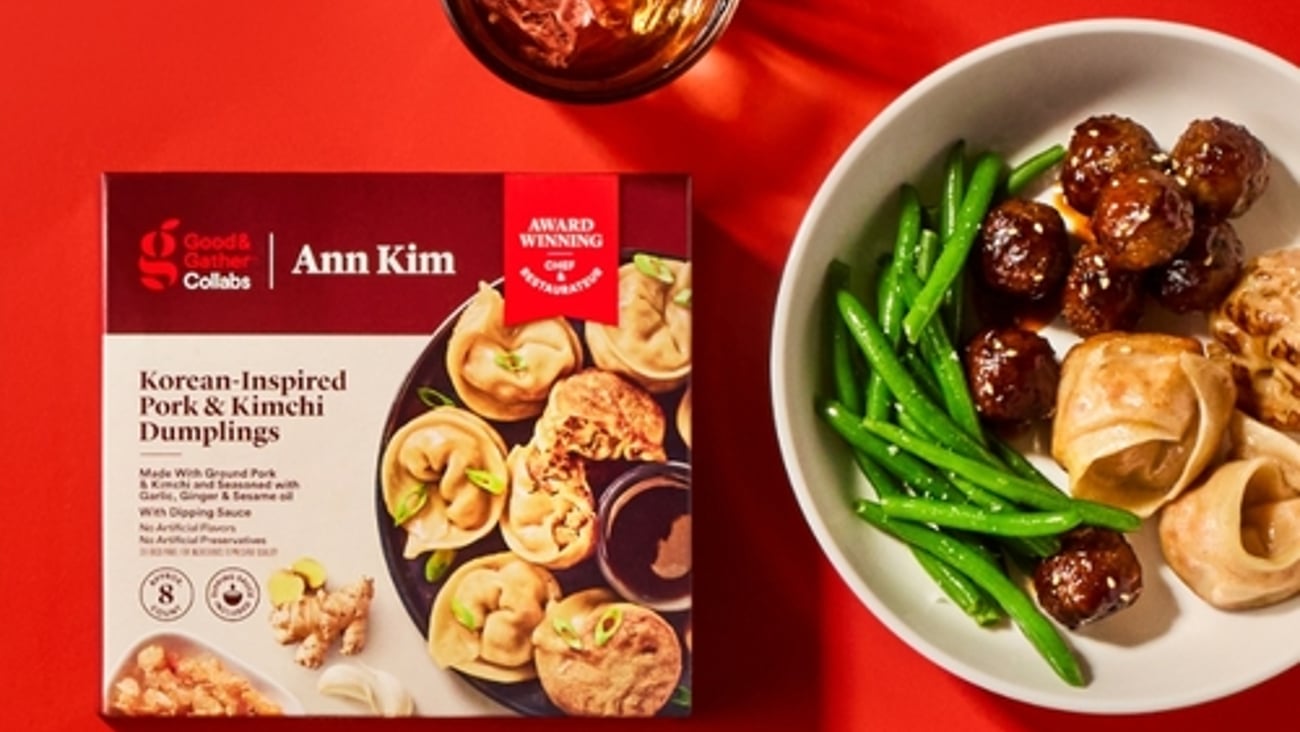From the Editors: Retailers, suppliers band together
Sometimes in relationships, adversity brings two parties closer together.
That seems to be the case between retailers and store brand manufacturer partners, having gone through the heightened shopping sprees of the COVID-19 pandemic, and still working through lingering supply chain and pricing issues, new variants, and keeping employees and consumers safe.
It seems both retailers and private label suppliers are at the table and listening, as both work to efficiently get supply out to stores the best way possible. I moderated a panel for the ECRM: Global Market on food and beverage early in July, discussing with retailer panelists how they’re working better with suppliers. Yes, retailers are always going to be pushing on price, but I was struck by their openness to listen to new ideas and how much they stressed that the suppliers who best communicate always win.
That panel featured leaders at Bashas, Boxed, Southeastern Grocers and Wakefern Food, as examples of looking to find better ways to collaborate. I also received a copy of FMI’s The Power of Private Brands 2021 report, and an increased focus on collaboration was a key theme.
Yes, as previously reported, the FMI survey found 91% of retailer and manufacturer respondents said they plan to significantly or moderately increase overall investments in private brands over the next two years. But another interesting statistic within the report is the “investment” in one another.
The report said: 70% of retailer respondents are making longer-term commitments to supplier arrangements and engaging more closely with existing suppliers.
Only new investment and new opportunities can come from retailers and suppliers finding improved ways of working together, and it’s needed. The report shared numbers from IRI that showed private brands lagging. In 2020, private brand sales increased 12.1% compared with the prior year, and national brands increased sales by 10.2%. In 2021, national brands have inched forward though, where store brands sales are down nearly 5% from 2020, national brands were essentially flat with a 0.2% growth.
The numbers show that early on in the pandemic, as product was limited, shoppers gained trial of private label products, driving sales up, but as the year went on and things normalized, national brands regained strength.
Looking at a two-year stack basis though, private brands showed considerable gains, per IRI data in the report. Product categories in beauty showed sales up over 155% in hair care and facial cosmetics, comparing 2019 and 2021. Pickles and sports drinks saw the same climb, wine up nearly 100%, poultry up 72% and many other categories in the report showed whopping gains.
The IRI numbers showed U.S. private label sales in 2020 across its retail outlets generated $167.2 billion, with grocery items representing $64.3 billion. Private brands represent 16.8% of dollar sales in grocery and 17.6% across total U.S. retail, per the report.
Driving Trial
As suppliers and retailers look to work together to perhaps regain momentum over national brands, driving trial is a key factor. The FMI survey reported numbers from a Hartman Group survey that showed the top motivators for store brand trial. Leading the way, with 40% of respondents, the top entry to trial is creating products with “better taste.” Nearly 30% of respondents said sampling is a motivator and 20% said coupons. Surprisingly, only 23% listed lower prices than the national brand competitor.
FMI’s survey found 65% of respondents are launching new products, 35% are enhancing product formulations, 24% are improving packaging, 47% are boosting marketing and 47% are adjusting strategies around changing consumer lifestyles.
It looks like retailers and manufacturers are all in together. To access the FMI report, head here.








